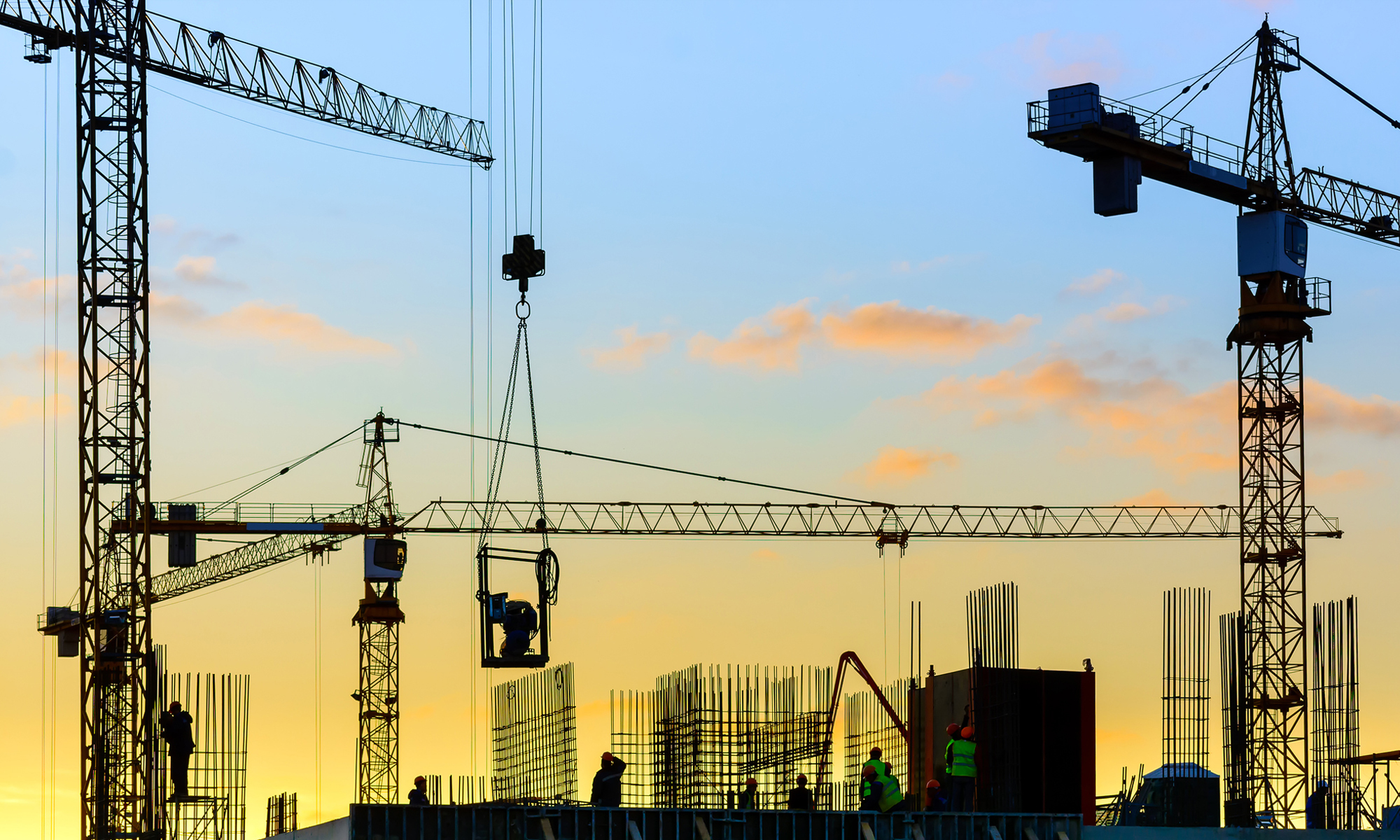Almost a year after it expired, the Building and Construction Trades Council and the Real Estate Board of New York (REBNY) reached an agreement to restore the 421-a tax exemption program. The New York State legislature still has to approve the agreement.
The new agreement will require developers to pay construction workers an average hourly wage of $60 (including wages and benefits) for projects in Manhattan with over 300 units south of 96th Street. In Brooklyn and Queens, the average hourly rate for workers, including wages and benefits, will be $45, and the wage and benefit obligations will apply to buildings located in Community Boards 1 and 2 within one mile of the nearest waterfront bulkhead. Projects with 50 percent or more affordable apartments are excluded from the wage and benefits requirement.
The agreement will also extend the maximum time developers will pay zero in property tax with the 421-a program from 21 years to 35 years. In exchange, affordable apartments with rent limitations must remain that way an additional 5 years to 40 years.
To assure compliance with the wage and benefits obligation of the program, developers will have to hire independent monitors to audit certified payrolls. The independent monitors will certify to the New York City Department of Housing Preservation and Development within 120 days of the receipt of the final Certificate of Occupancy that the compulsory wages and benefits have been paid.
Under the new agreement, developers may opt out of the 421-a wage and benefits requirement by entering into a Project Labor Agreement (PLA). If a developer chooses to enter into a PLA, the developer can still take advantage of all other elements of the 421-a program.
“The deal reached today between these parties provides more affordability for tenants and fairer wages for workers than under the original proposal. While I would prefer even more affordability in the 421-a program, this agreement marks a major step forward for New Yorkers,” Governor Andrew Cuomo said in a statement.
Rob Speyer, chair of REBNY, said: “We are pleased to have reached an agreement that will permit the production of new rental housing in New York City, including a substantial share of affordable units, while also ensuring good wages for construction workers.”
Jose A. Aquino (@JoseAquinoEsq on Twitter) is a special counsel in the New York office of Duane Morris LLP, where he is a member of the Construction Group and of the Duane Morris Cuba Business Group. Mr. Aquino focuses his practice on commercial litigation with a concentration in construction law, mechanics’ lien law and government procurement law. This blog is prepared and published for informational purposes only and should not be construed as legal advice. The views expressed in this blog are those of the author and do not necessarily reflect the views of the author’s law firm or its individual attorneys.
